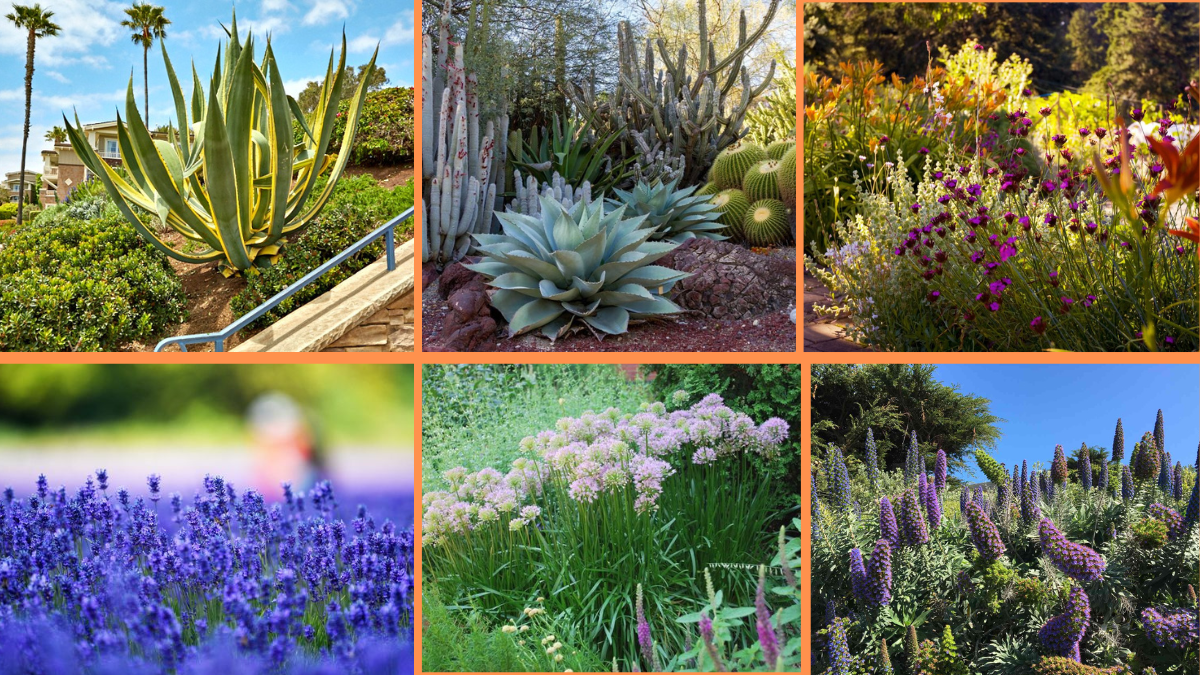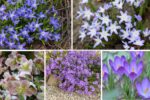As climate patterns shift and water conservation becomes increasingly important, gardeners everywhere are turning to drought-tolerant plants to keep their landscapes lush, vibrant, and sustainable even during dry spells. Whether you’re living in an arid climate or simply looking to create a low-maintenance, eco-friendly garden, choosing the right drought-tolerant plants is a smart move.
But how do you know which plants will thrive with minimal water? In this guide, we’ll share 10 essential tips to help you select drought-tolerant plants that not only survive but flourish in your outdoor space.
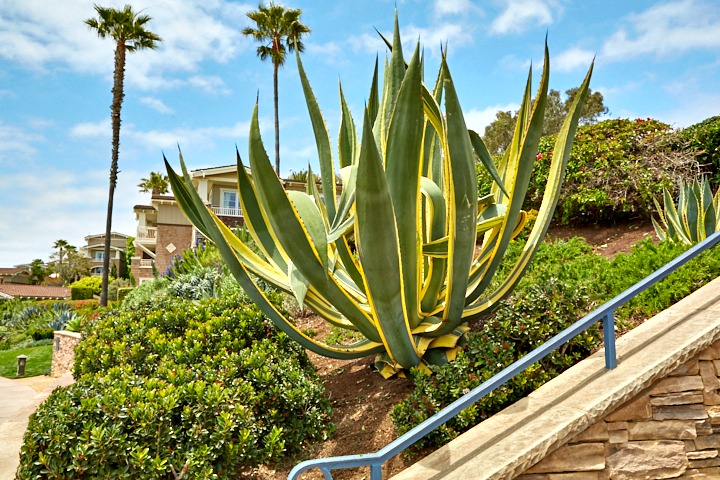
What Are Drought-Tolerant Plants?
Drought-tolerant plants are species that can survive with minimal water, either by storing moisture in their leaves, stems, or roots, or by having built-in adaptations like deep root systems, waxy leaves, or reduced leaf surfaces to minimize water loss.
These plants are perfect for xeriscaping, rock gardens, or any landscape aiming to reduce water use while maintaining natural beauty.

10 Tips to Select Drought-Tolerant Plants
1. Understand Your Local Climate and Hardiness Zone
Before choosing plants, it’s crucial to understand your region’s:
- Average rainfall
- Temperature extremes
- Soil type
- USDA Plant Hardiness Zone
Why it matters:
Some drought-tolerant plants thrive in hot, arid conditions, while others prefer Mediterranean climates with dry summers and wet winters.
Example:
Agave and cacti love desert heat, while lavender and rosemary do well in cooler, dry-summer climates.
Pro Tip:
Use resources like the USDA Hardiness Zone Map or local garden centers for region-specific advice.
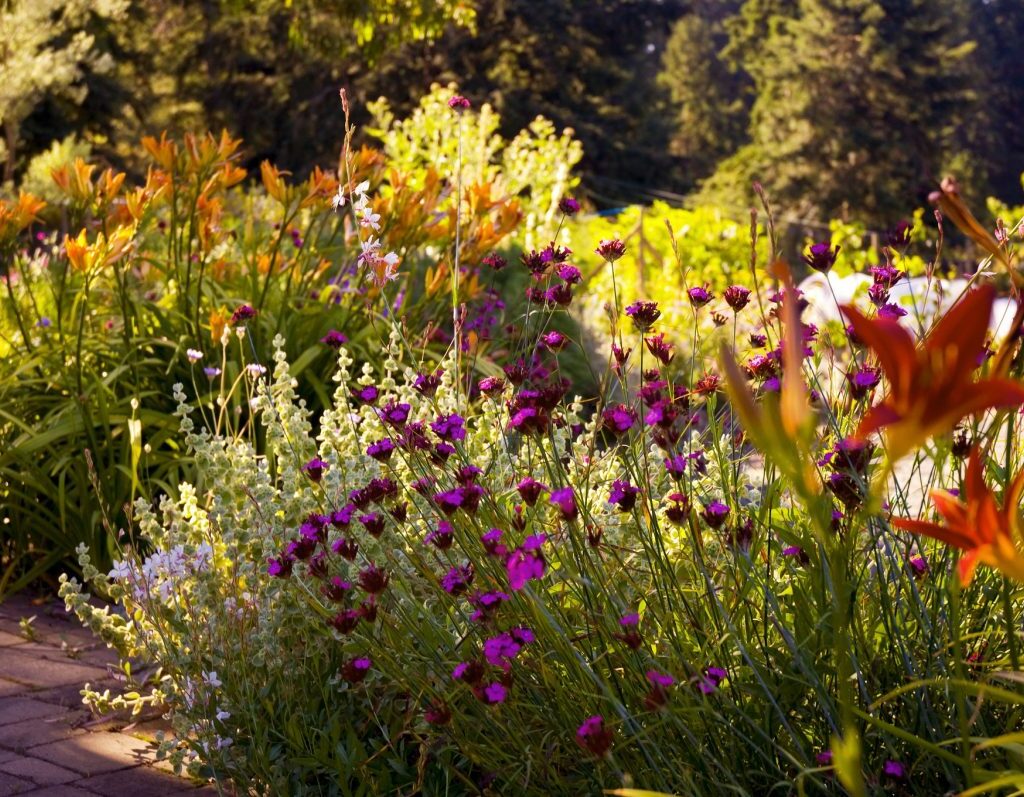
2. Identify Native and Regional Plant Options
Native plants are naturally adapted to your area’s rainfall, soil, and weather conditions, making them inherently drought-tolerant and easier to maintain.
Why it matters:
They require less water, fertilizer, and care because they’ve evolved to survive local conditions.
Examples:
- California: Manzanita, California poppy
- Southwest USA: Agave, yucca
- Mediterranean climates: Olive trees, lavender
Pro Tip:
Visit local botanical gardens to see which drought-tolerant natives thrive in your area.
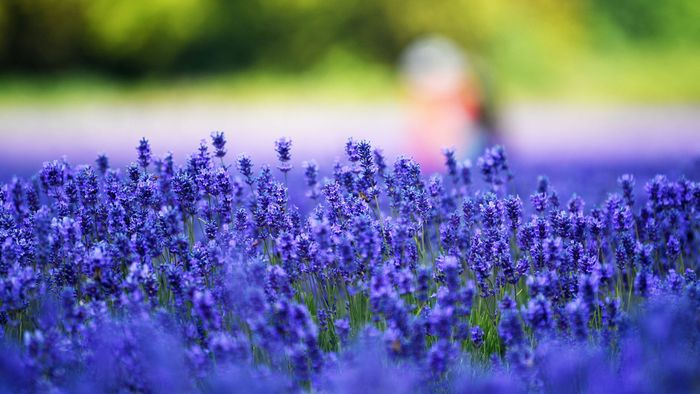
3. Look for Plants with Specific Drought-Resistant Traits
Certain plant features naturally indicate drought tolerance. When browsing your local nursery or plant catalog, keep an eye out for:
- Succulent or fleshy leaves (e.g., aloe vera, sedum)
- Silvery or waxy leaf surfaces (e.g., lamb’s ear, dusty miller)
- Deep taproots (e.g., Russian sage, echinacea)
- Small or narrow leaves (e.g., rosemary, lavender)
- Aromatic foliage (many herbs like thyme and sage)
Why it matters:
These traits help plants retain moisture and reduce evaporation, improving drought survival.
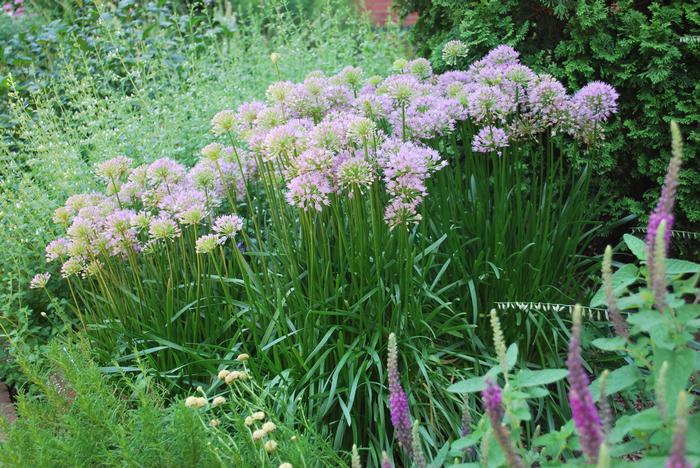
4. Consider Plant Maturity and Size
When selecting drought-tolerant plants, think about how large and well-established they’ll need to be to survive low-water conditions.
Tips:
- Mature plants have deeper roots and are better at accessing soil moisture.
- Avoid planting drought-tolerant species during peak heat or dry seasons. Spring or early fall is ideal.
Pro Tip:
Buy slightly more established plants if you’re gardening in particularly dry areas.

5. Research Plant Water Needs and Growth Habits
Even drought-tolerant plants have different water preferences while establishing.
What to do:
- Check plant labels or garden center staff recommendations.
- Note whether a plant needs regular watering initially and then transitions to drought resilience.
- Understand how big or spread out the plant will get.
Example:
Agave needs occasional water while young, but virtually none once established.
Pro Tip:
Group plants with similar water needs together to simplify irrigation.
6. Focus on Perennials Over Annuals
Perennial plants, which come back year after year, typically have deeper, more extensive root systems compared to annuals — making them naturally more drought-resistant.
Why it matters:
Perennials require less frequent watering and are better equipped to handle extended dry periods.
Top drought-tolerant perennials:
- Coneflowers (Echinacea)
- Black-eyed Susan
- Yarrow
- Salvia
- Gaillardia
7. Use Ground Covers and Mulching Companions
Many drought-tolerant ground covers not only beautify your garden but also suppress weeds and help retain soil moisture.
Great choices:
- Sedum
- Ice plant
- Creeping thyme
- Dymondia
Pro Tip:
Pair drought-tolerant plants with organic mulch like bark, straw, or gravel to reduce surface evaporation and maintain cooler soil temperatures.
8. Choose Plants Based on Sun and Shade Tolerance
Some drought-tolerant plants thrive in full sun, while others prefer partial shade. Planting them in the right light conditions ensures they won’t dry out unnecessarily.
What to consider:
- Full sun: Cacti, agave, lavender
- Partial shade: Heuchera, hosta (for dry shade spots)
- Dappled shade: Certain succulents and native ferns
Pro Tip:
Create planting zones in your garden based on sun exposure to maximize plant health.
9. Avoid Thirsty Hybrids or Ornamental Cultivars
Many hybridized ornamental plants may be bred for aesthetic traits but lack the resilience of their wild or native counterparts.
Why it matters:
Some hybrids require more water and care, even if marketed as “drought-tolerant.”
What to do:
- Research plant varieties before purchasing.
- Opt for species with proven drought tolerance in your region.
Example:
Select native or wild forms of echinacea instead of heavily hybridized, double-petaled varieties.
10. Plan for Seasonal Color and Texture
Drought-tolerant gardens don’t have to be bland or colorless. Many species bloom profusely in dry conditions and offer diverse textures.
Plan with:
- Flowering plants like salvia, yarrow, penstemon
- Foliage plants with unique textures like lamb’s ear and silver bush
- Evergreens like junipers and rosemary for year-round structure
Pro Tip:
Combine plants with staggered bloom times to maintain visual interest from spring through fall.
Bonus: Top Drought-Tolerant Plants to Consider
Here’s a quick list of reliable, low-maintenance, drought-tolerant plants to inspire your garden:
- Agave
- Sedum (Stonecrop)
- Lavender
- Echinacea (Coneflower)
- Gaillardia (Blanket Flower)
- Salvia
- Rosemary
- Yucca
- Artemisia
- California Poppy
Final Thoughts
Drought-tolerant gardening is more than a trend — it’s a responsible, beautiful, and practical way to conserve water while still enjoying a flourishing outdoor space. By following these 10 tips to select drought-tolerant plants, you’ll create a sustainable garden that thrives in tough conditions without constant watering.
Whether you’re designing a low-water landscape, adding resilient plants to existing beds, or starting from scratch, these strategies will help you make informed, eco-friendly choices.
Would you like a printable drought-tolerant plant selection checklist or a sample garden layout plan? I’d be happy to create one for you — just let me know!
